Gtake Inverter|0.4kw, 220VA
Power: 0.4kw
Model: GK100-2T0.4
Input Type: 1~220V 50~60Hz
Output Type: 3~ 220V 0~600Hz
Brand: Gtake
Origin: Made in China
Efficiency: High Efficiency
Cooling: Air cooling
Applying motor: Induction motor
Frequency command source: Keypad, terminals, communication
Run command source: Keypad, terminals, communication
Starting torque: 0.5HZ: 180% (V/F control, sensorless vector control 1)
Overload capacity: 1 minute for 150% ; 10s for 180%; 0.5s for 200%
Variable Frequency Drives (VFDs) offer several advantages across various applications, including:
Energy Savings: One of the most significant benefits of VFDs is their ability to regulate motor speed according to the required load. By operating motors at variable speeds instead of running them at full speed constantly, VFDs can reduce energy consumption significantly. This results in lower utility bills and a more environmentally friendly operation.
Precise Control: VFDs provide precise control over motor speed, allowing operators to adjust speeds to match specific process requirements. This level of control enhances process efficiency, improves product quality, and reduces the risk of equipment damage due to overloading or excessive speed.
Soft Start and Stop: VFDs enable smooth acceleration and deceleration of motors, which reduces mechanical stress on equipment and minimizes wear and tear. Soft starting and stopping also help prevent sudden voltage fluctuations and mechanical shocks, extending the lifespan of motors and associated machinery.
Improved Process Efficiency: By optimizing motor speed to match the demands of the application, VFDs enhance overall process efficiency. This can lead to increased productivity, reduced cycle times, and improved process reliability.
Reduced Maintenance Costs: Operating motors at lower speeds using VFDs can decrease mechanical stress and wear on equipment, resulting in reduced maintenance requirements and downtime. Additionally, VFDs often include diagnostic features that help identify potential issues early, allowing for proactive maintenance and minimizing unplanned downtime.
Flexibility and Adaptability: VFDs can be easily integrated into existing systems and are compatible with a wide range of motor types and sizes. They offer flexibility in adjusting motor speed and torque to accommodate changes in process requirements or operating conditions.
Harmonics Mitigation: Advanced VFDs incorporate features to mitigate harmonics, which are undesirable electrical disturbances generated by non-linear loads such as VFDs. Harmonic mitigation reduces interference with other electrical equipment, improves power quality, and ensures compliance with regulatory standards.
Remote Monitoring and Control: Many modern VFDs come equipped with remote monitoring and control capabilities, allowing operators to monitor motor performance, adjust settings, and diagnose issues remotely. This remote accessibility improves operational efficiency and enables proactive maintenance strategies.
Overall, the advantages of VFDs make them indispensable in a wide range of industrial, commercial, and residential applications, where precise motor control, energy efficiency, and reliable operation are essential.
What is a variable frequency drive?
A Variable Frequency Drive (VFD), also known as a Variable Speed Drive (VSD) or Adjustable Frequency Drive (AFD), is a type of electronic device used to control the speed of an alternating current (AC) electric motor by varying the frequency and voltage supplied to the motor. VFDs are commonly used in industrial and commercial applications to regulate the speed of motors in pumps, fans, conveyors, and other machinery, providing energy savings, precise control, and improved efficiency.


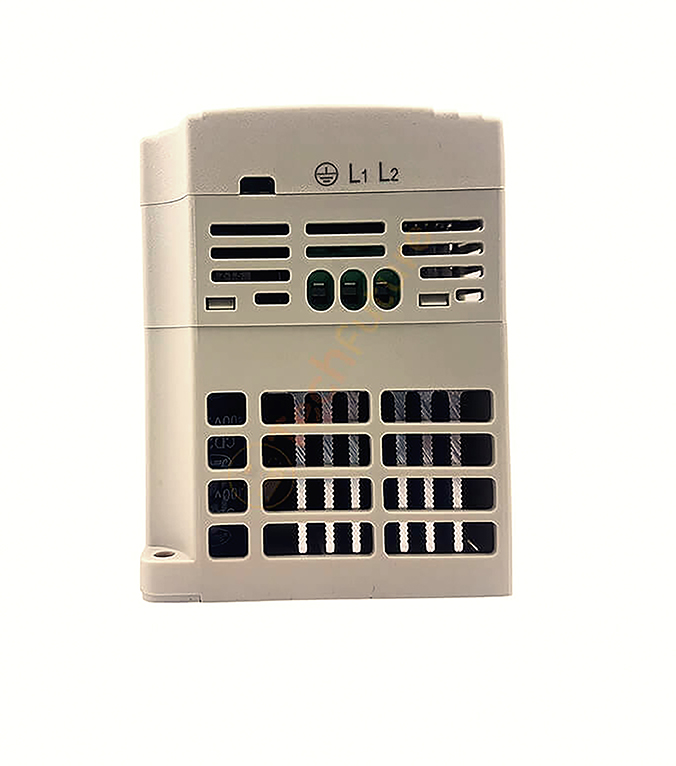
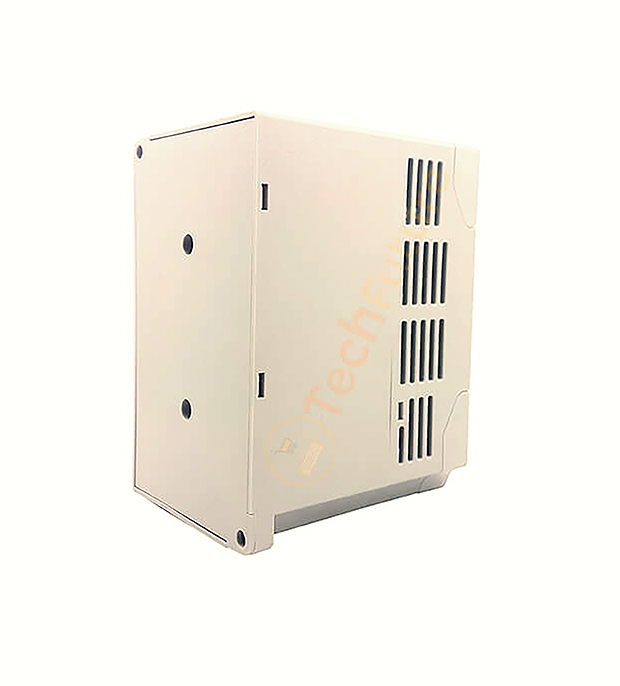
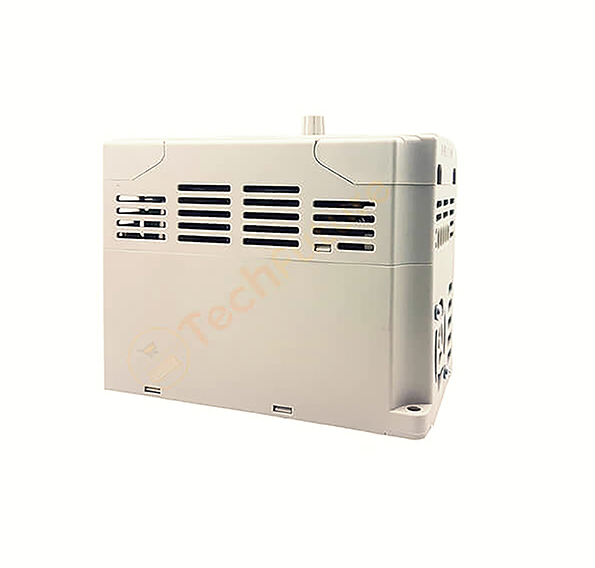
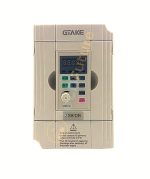
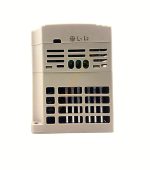
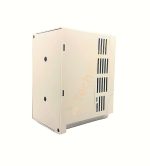
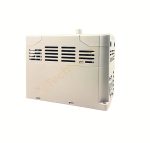
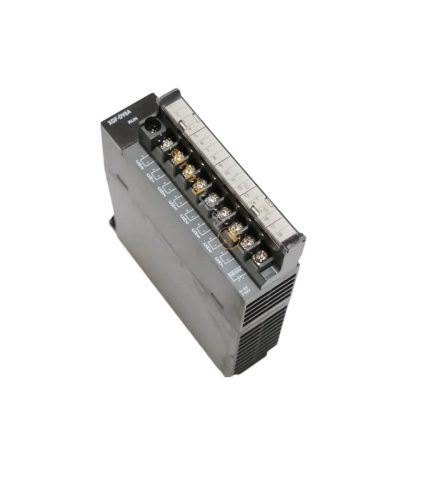
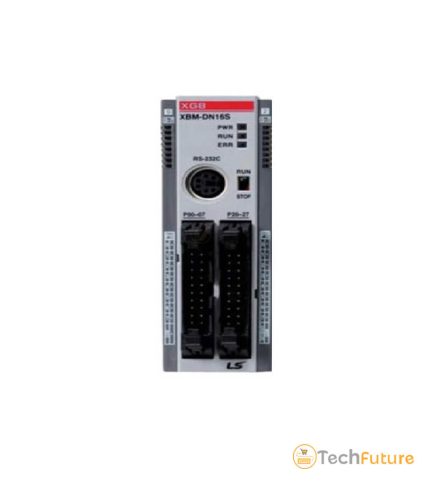
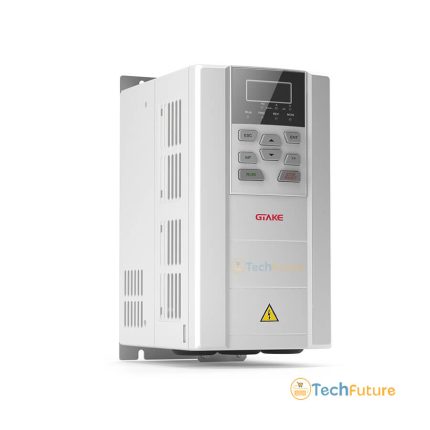
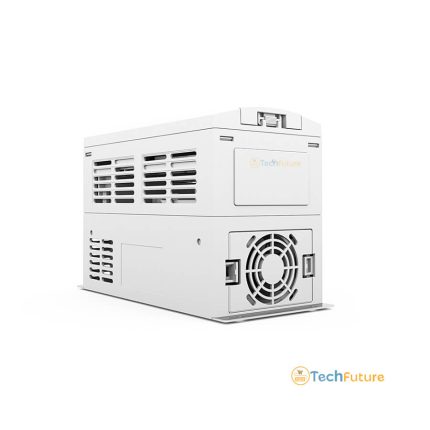
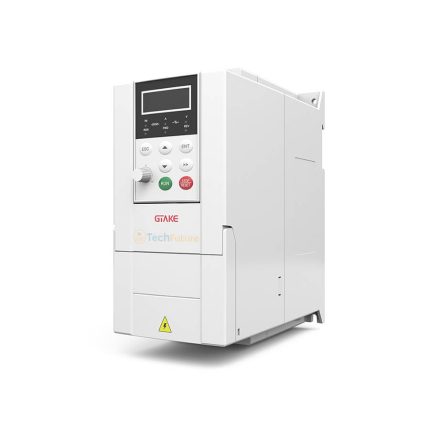
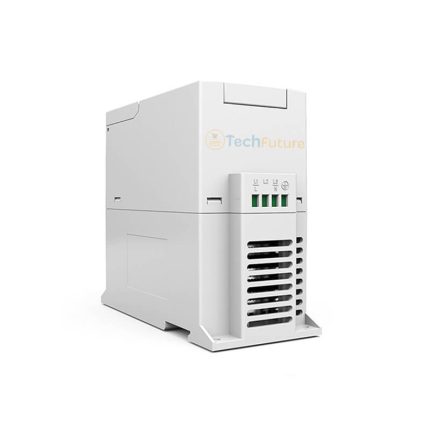
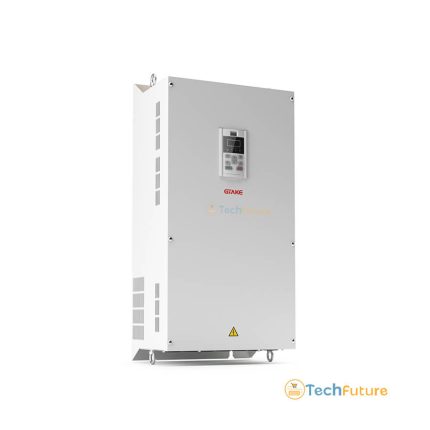

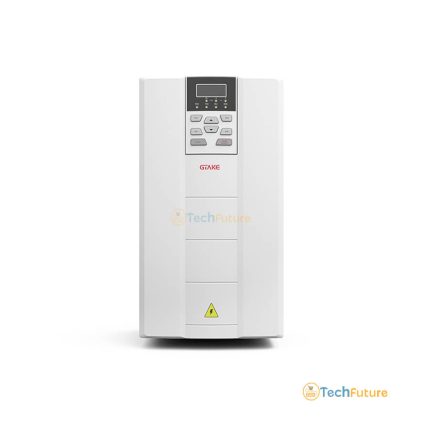
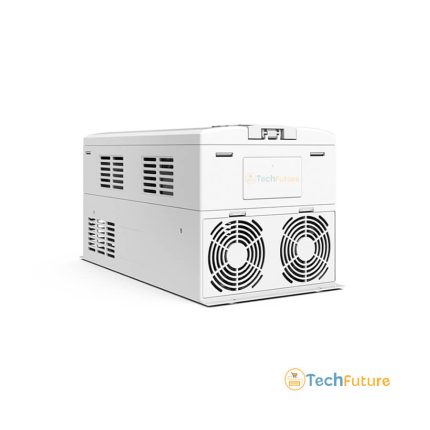
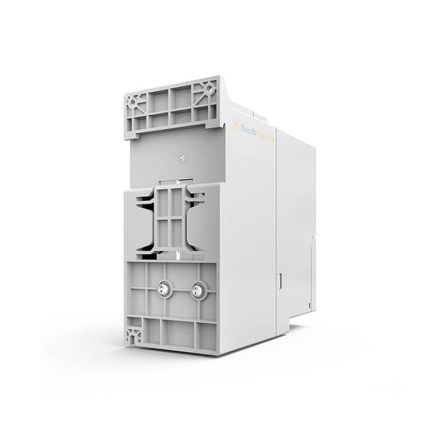
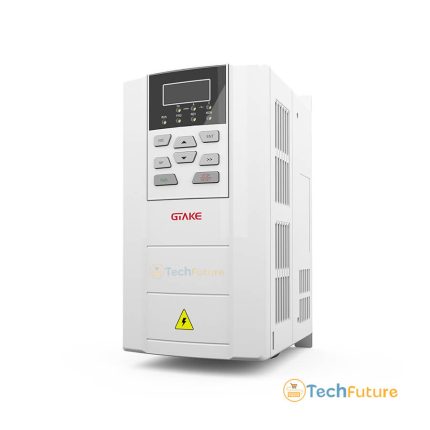
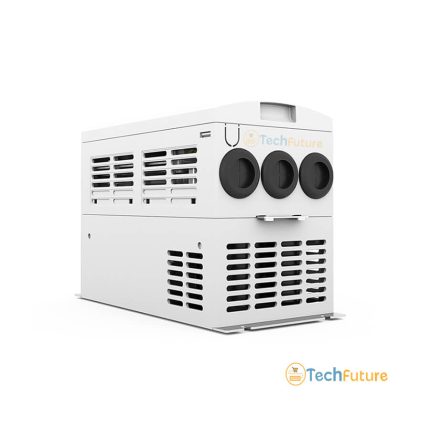
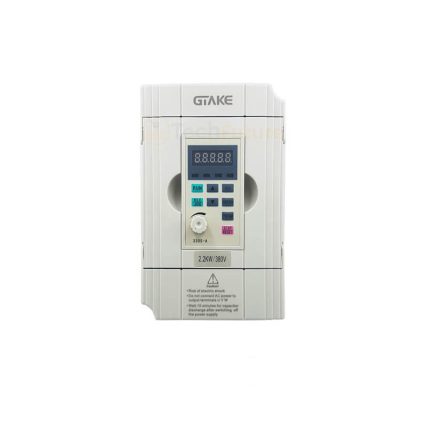
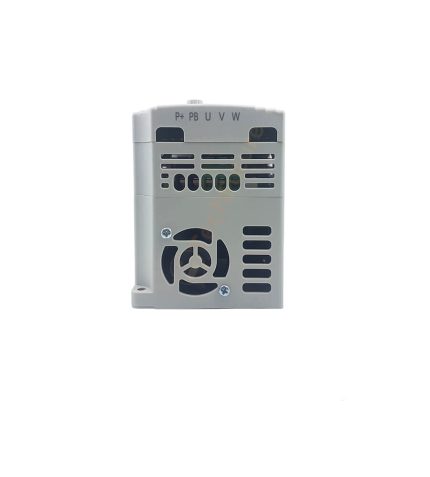
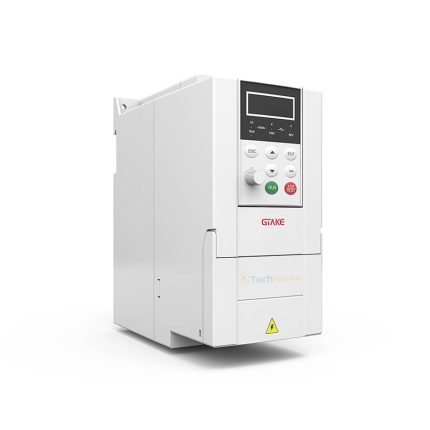
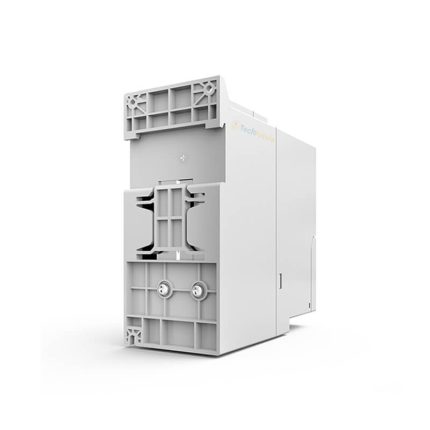
Reviews
There are no reviews yet.